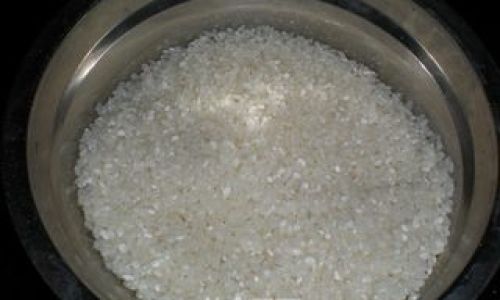In the realm of culinary arts, the right choice of cooking oil can elevate a dish from ordinary to extraordinary. It’s not just about flavor; it’s also about health, sustainability, and compatibility with various cooking methods. With a myriad of options available in the market—from olive oil to avocado oil, coconut oil to sunflower oil—navigating through this vast landscape can be daunting. This guide aims to demystify the process of selecting the perfect cooking oil by examining key factors such as smoking point, health benefits, flavor profile, and environmental considerations. By understanding these elements, you’ll be equipped to make informed decisions that enhance both the taste and nutritional value of your meals.
Understanding Smoking Point
The smoking point of an oil is the temperature at which it begins to break down and produce smoke. This is crucial because exceeding an oil’s smoking point can lead to the formation of harmful compounds and an unpleasant taste. Different oils have varying smoking points, making them suitable for different cooking techniques.

- High Smoking Point Oils (above 400°F or 204°C): These include refined avocado oil, refined peanut oil, grapeseed oil, and refined sunflower oil. They are ideal for high-heat cooking like frying, searing, and stir-frying.
- Medium Smoking Point Oils (between 320°F and 400°F or 160°C to 204°C): Examples include virgin olive oil, rice bran oil, and sesame oil. They are better suited for medium-heat cooking like sautéing, baking, and roasting.
- Low Smoking Point Oils (below 320°F or 160°C): These include extra virgin olive oil, flaxseed oil, and walnut oil. Due to their low heat tolerance, they are best used for low-heat cooking, drizzling over dishes, or as finishing oils.
Health Benefits: Balancing Omega Fatty Acids
Healthy cooking oils are those that provide a balanced ratio of omega-3, omega-6, and omega-9 fatty acids. While all fats are necessary for bodily functions, some are more beneficial than others.
- Omega-3 Fatty Acids: Found in flaxseed oil, chia seed oil, and walnut oil, they are known for reducing inflammation and supporting heart health.
- Omega-6 Fatty Acids: Common in sunflower oil, safflower oil, and corn oil, they are essential but should be consumed in moderation due to their potential to promote inflammation when consumed in excess.
- Omega-9 Fatty Acids: Olive oil, avocado oil, and almond oil are rich in omega-9s, which are monounsaturated fats that can help lower bad cholesterol levels and maintain heart health.
Flavor Profile: Enhancing Your Culinary Experience
The flavor of cooking oil can significantly impact the taste of your dishes. Some oils are mild and neutral, making them versatile for various recipes, while others have distinct flavors that can complement or overpower the ingredients they’re used with.

- Neutral Oils: Refined sunflower oil, grapeseed oil, and canola oil are mild in flavor and ideal for baking, frying, and sautéing where you don’t want the oil’s taste to interfere with the dish.
- Boldly Flavored Oils: Extra virgin olive oil, sesame oil, and toasted coconut oil add depth and complexity to dishes. They are perfect for dressings, marinades, and dishes where you want the oil’s flavor to shine.
Environmental and Ethical Considerations
In today’s world, it’s crucial to consider the environmental impact and ethical sourcing of the products we consume. When choosing cooking oil, look for options that are sustainably produced and sourced from ethical suppliers.
- Sustainable Production: Look for oils that are cold-pressed or expeller-pressed, which use less energy and produce fewer pollutants compared to refined oils. Additionally, choose oils that are certified organic or non-GMO to avoid pesticides and genetically modified ingredients.
- Ethical Sourcing: Ensure that the oil you buy is sourced from farmers who practice fair trade and respect human rights. This often means supporting small-scale producers and cooperatives that prioritize sustainable agriculture.
Practical Tips for Storage and Usage
Once you’ve selected the right oil, proper storage and usage are essential to maintain its quality and health benefits.

- Storage: Store oils in a cool, dark place away from direct sunlight and heat. Light and heat can degrade the oil, leading to rancidity.
- Usage: Use clean, dry utensils when measuring or pouring oil to avoid contamination. Once opened, most oils should be consumed within a few months to ensure freshness.
- Rotation: To avoid using rancid oil, rotate your stocks and use older bottles first. Keep an eye on the expiration date and discard any oil that smells or tastes off.
Conclusion
Choosing the right cooking oil is a multi-faceted decision that involves considering smoking point, health benefits, flavor profile, and environmental factors. By understanding these elements, you can make informed choices that not only enhance the taste and nutritional value of your meals but also contribute to a more sustainable and ethical culinary practice. Remember, the perfect oil for one dish might not be the best for another, so it’s worth experimenting to find what works best for your cooking style and dietary needs. Happy cooking!






0 comments